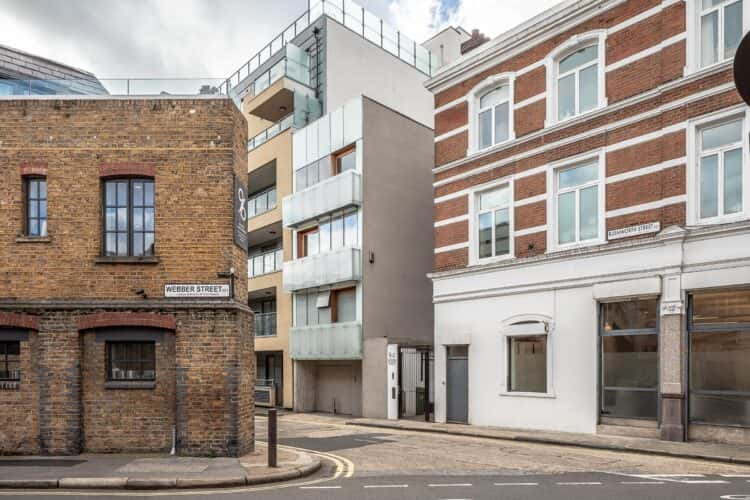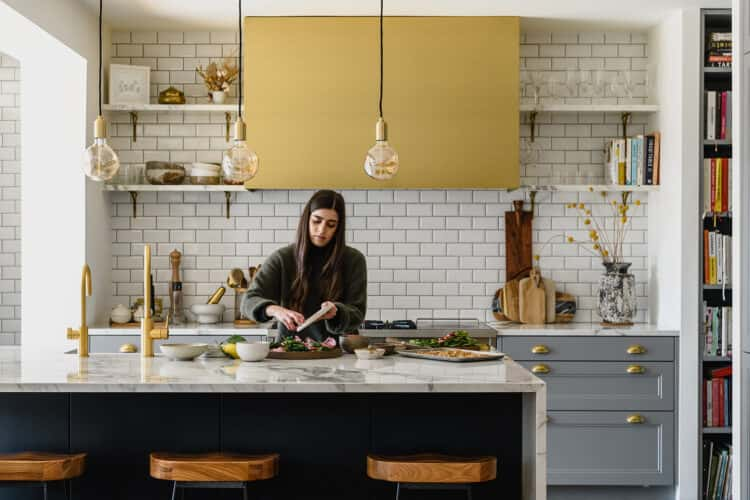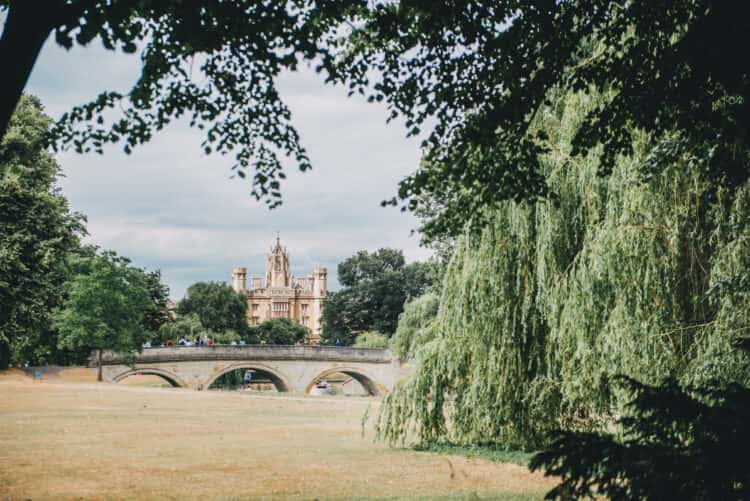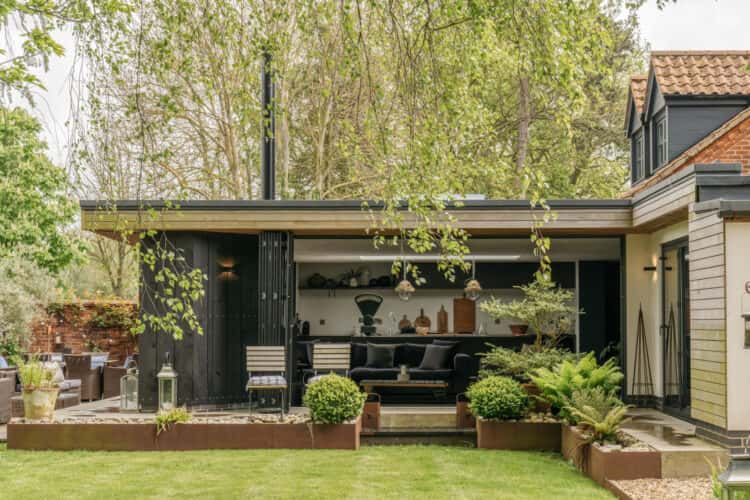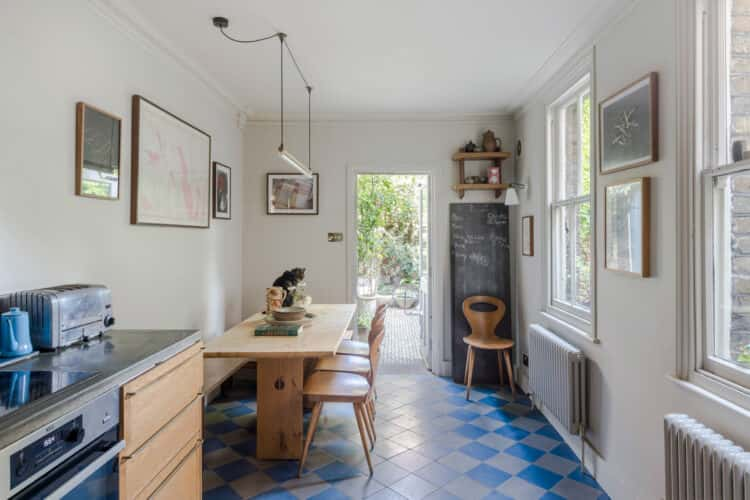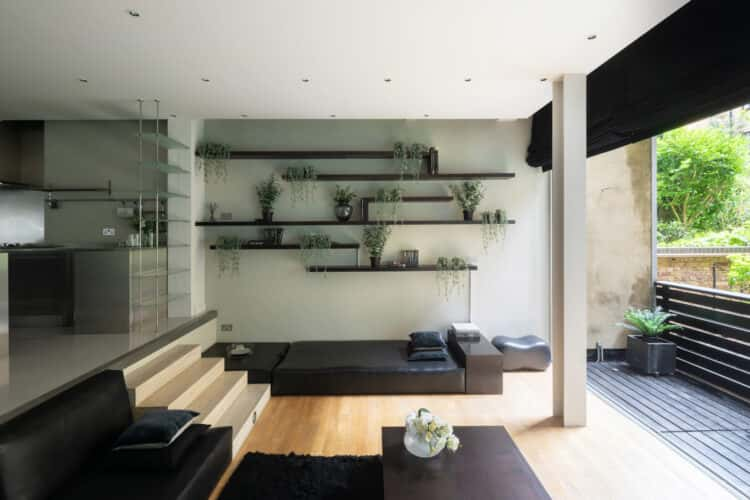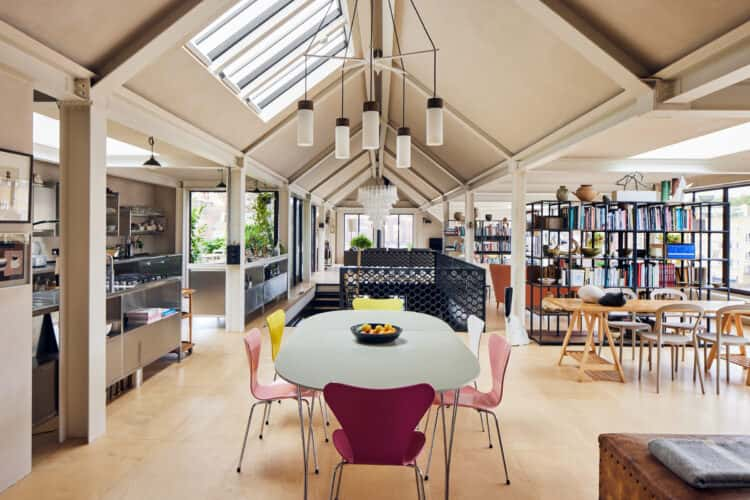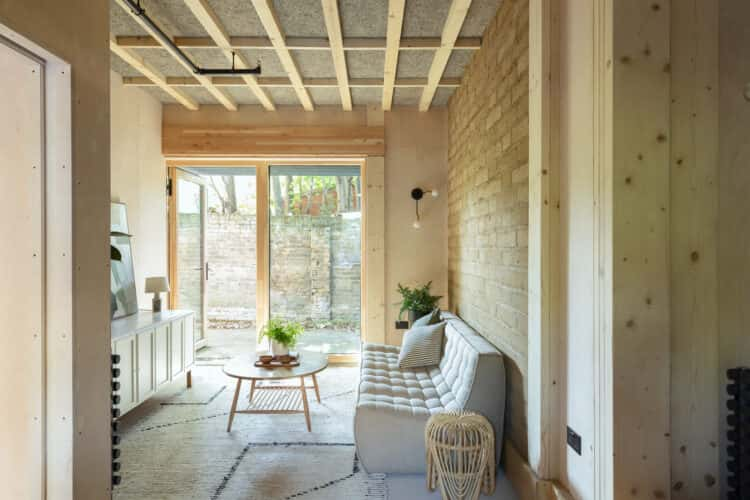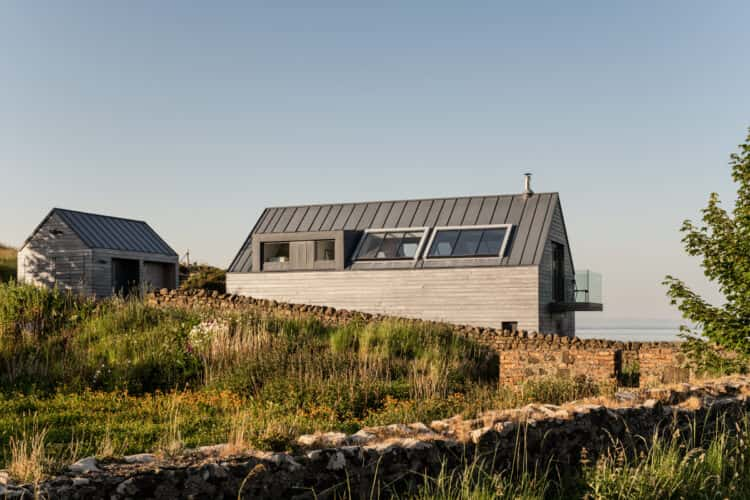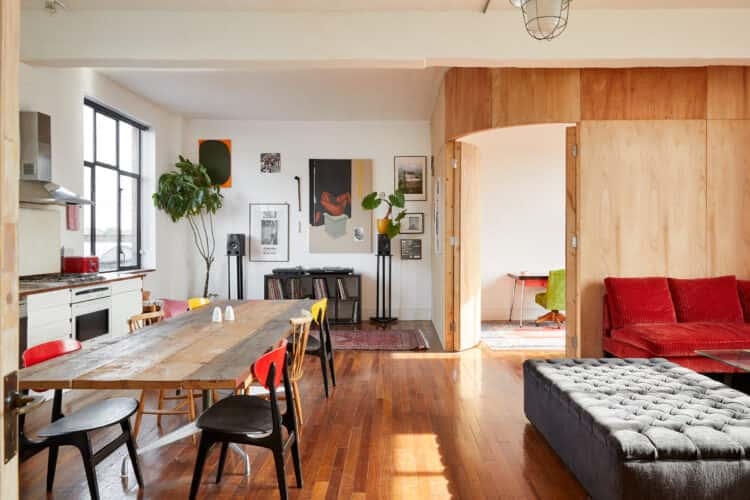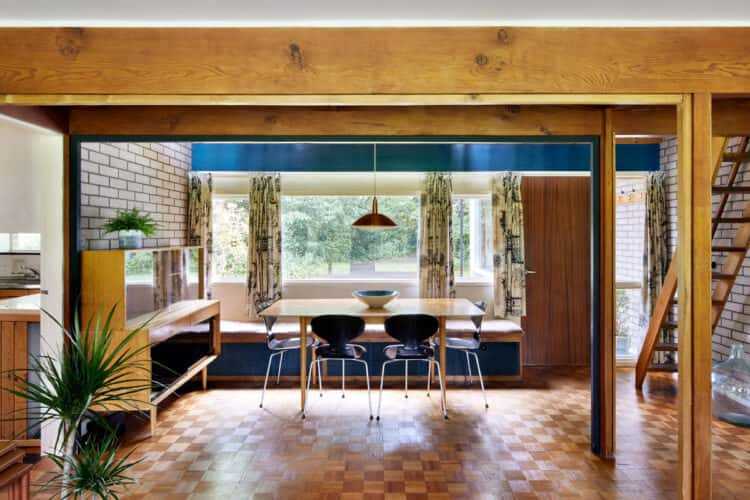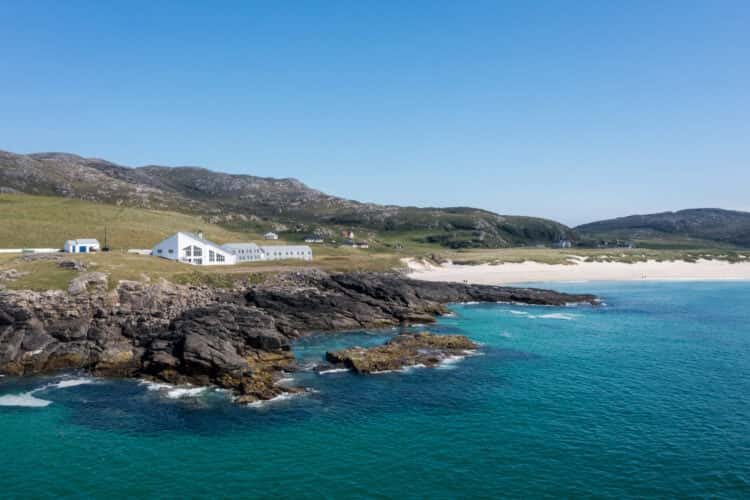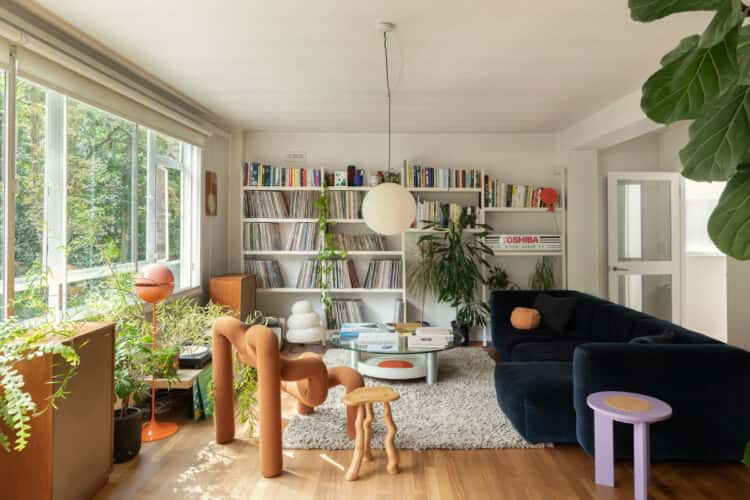Why an architect built a concrete townhouse on a narrow plot behind a pub in south-east London
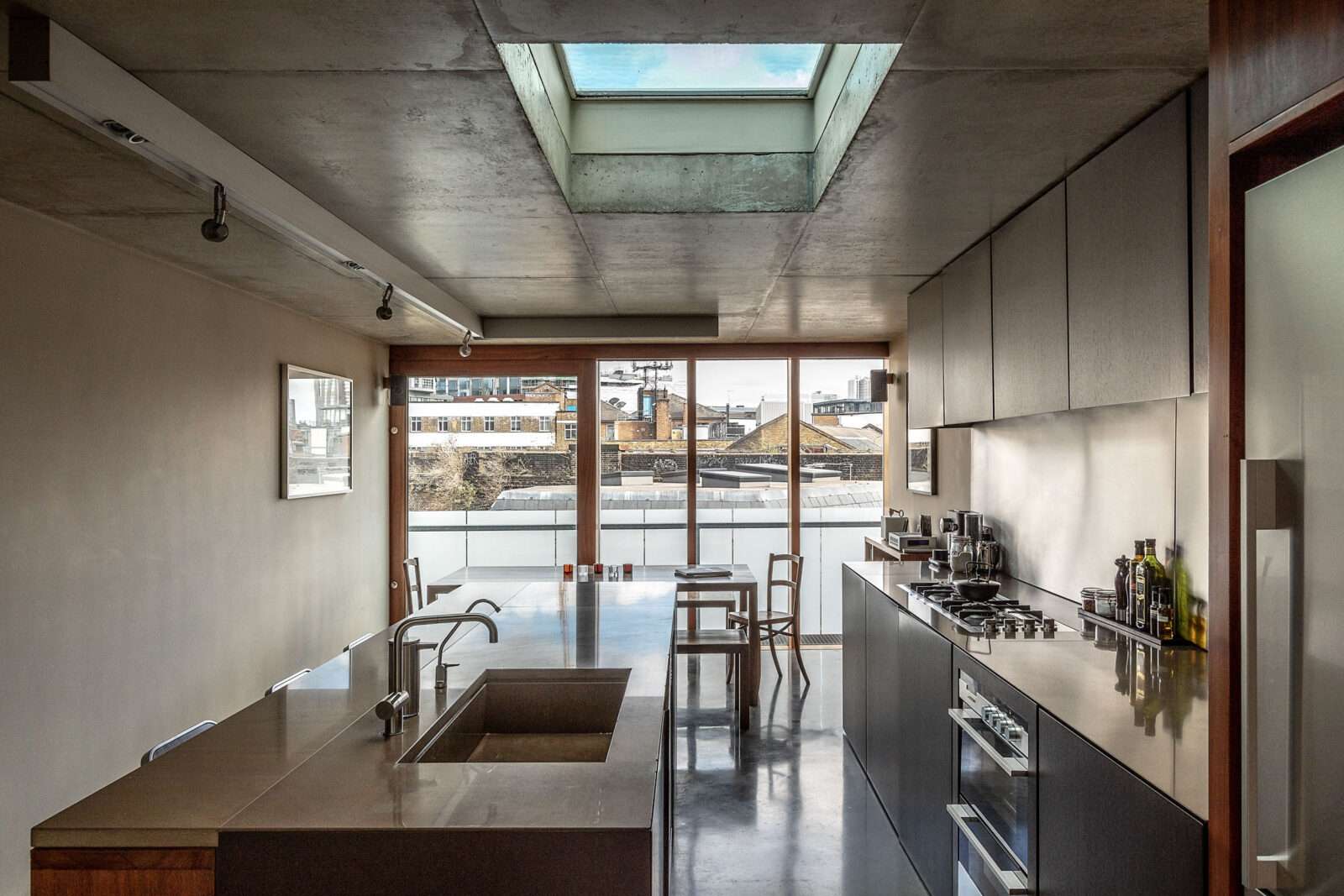
The architect behind this brilliant home, which has been named Frame House, both for its structure and also the way it mounts its surrounding views, is Carl Turner. It was one of his earliest projects at his practice Turner Works. He was briefed by his friends, a couple, to create a home on a tricky L-shaped plot of land behind a pub – one they worried might just be too slender for a good living space. How wrong their initial concerns were: a year after the project was completed in 2011, it was nominated for a RIBA London Regional Award.
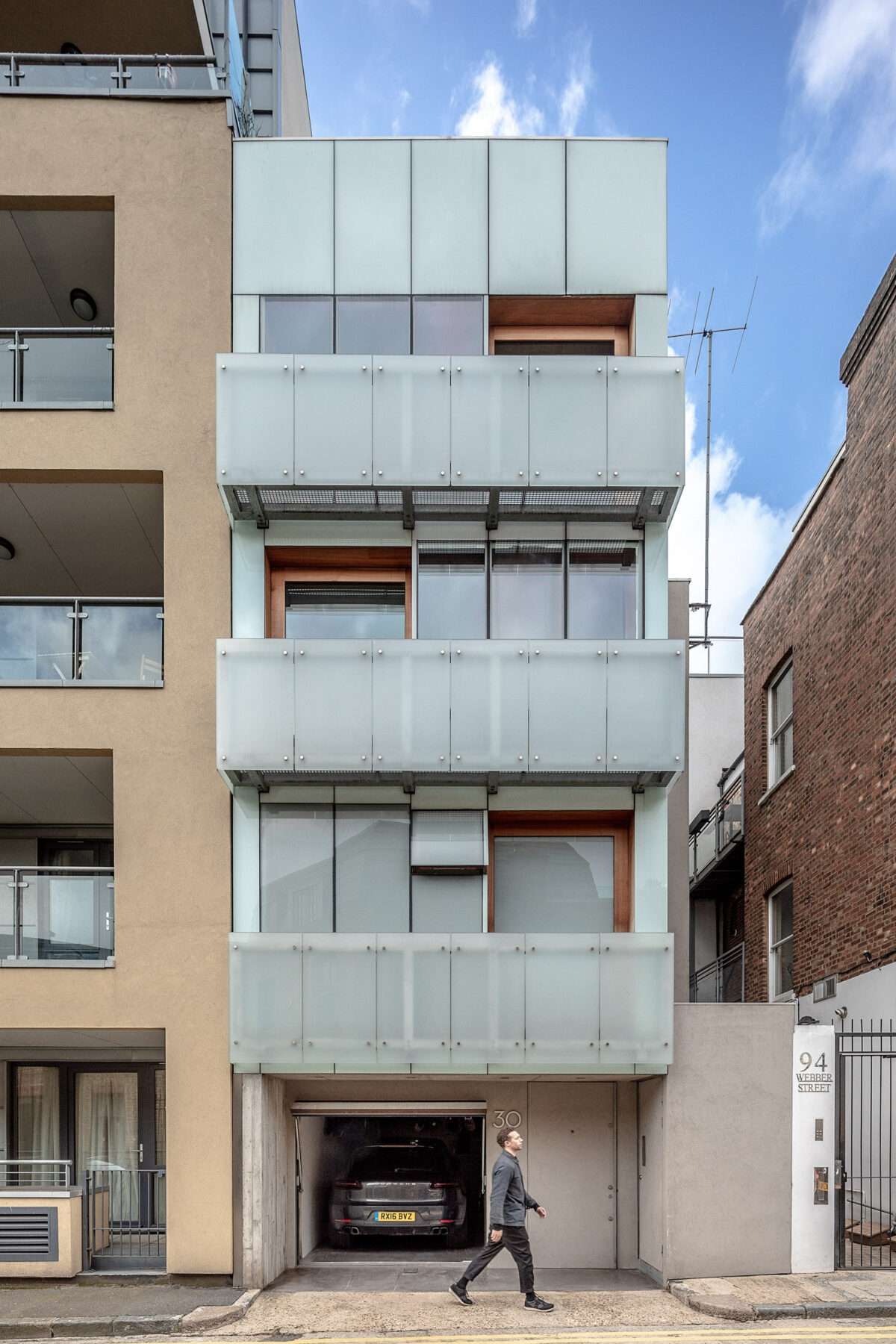
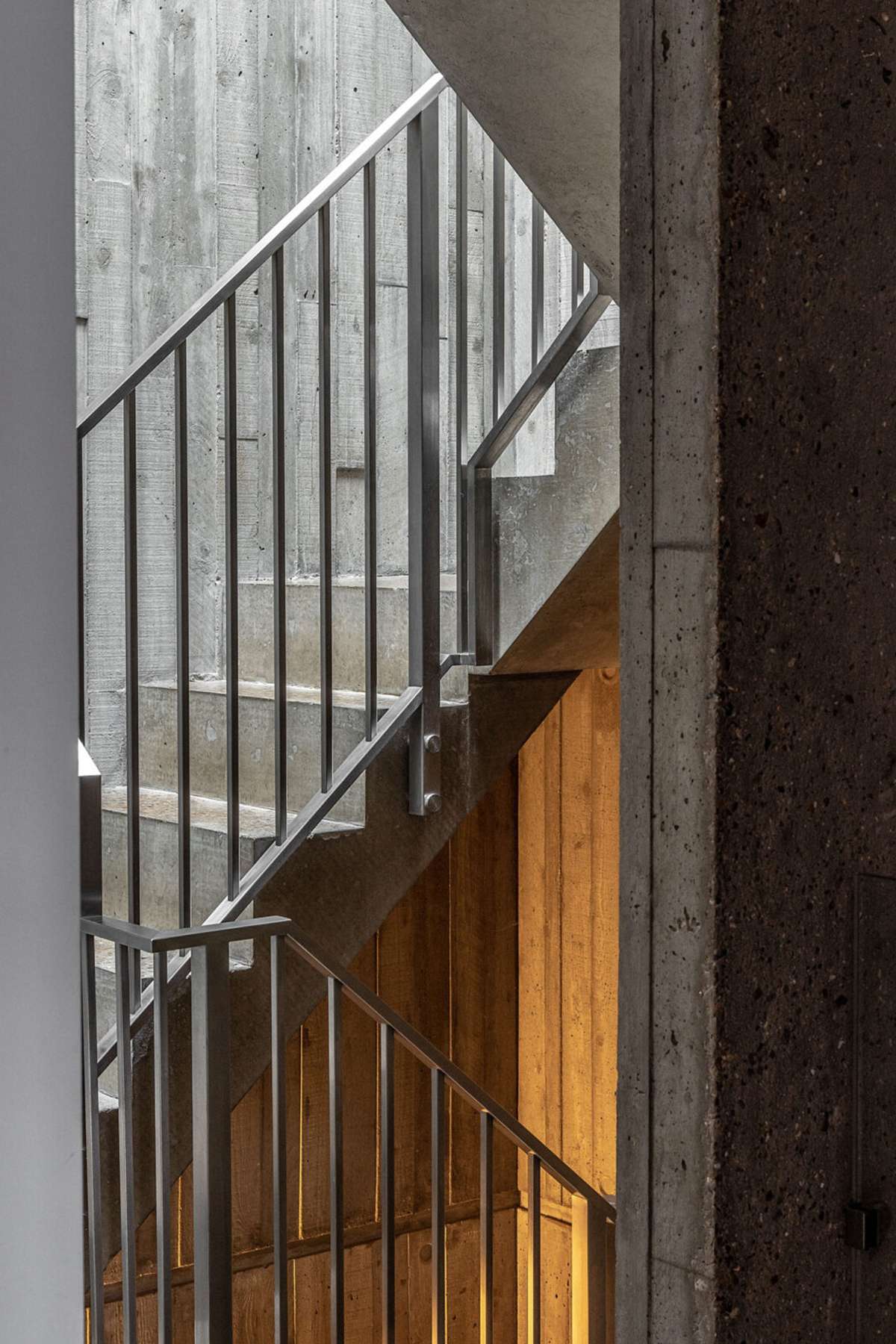
It didn’t take long for a lead material of concrete to be agreed upon. At the time, the clients were renting a flat in the Barbican – and if anywhere’s going to make a compelling case for concrete living, it’s Chamberlin Powell & Bon’s exceptional estate (which, while we’re on the subject, celebrates its 50th birthday this year). While the residents-to-be favoured concrete for its aesthetic, Carl took a shine to its sturdy sensibility and, in spite of its rough appearance, t0 how efficient and easy to work with it is.
The owners already had planning permission to build a four-storey home on the plot and Carl liked how the height would nod to the tall and thin Georgian homes in the surrounding area. Once inside, however, the home couldn’t feel further from a traditional period building – in the very best way. From the ceilings to the floors and walls, concrete is exposed in all its glory, softened ever so slightly by the appealing contrast of walnut, which has been used thoughtfully to frame the windows.
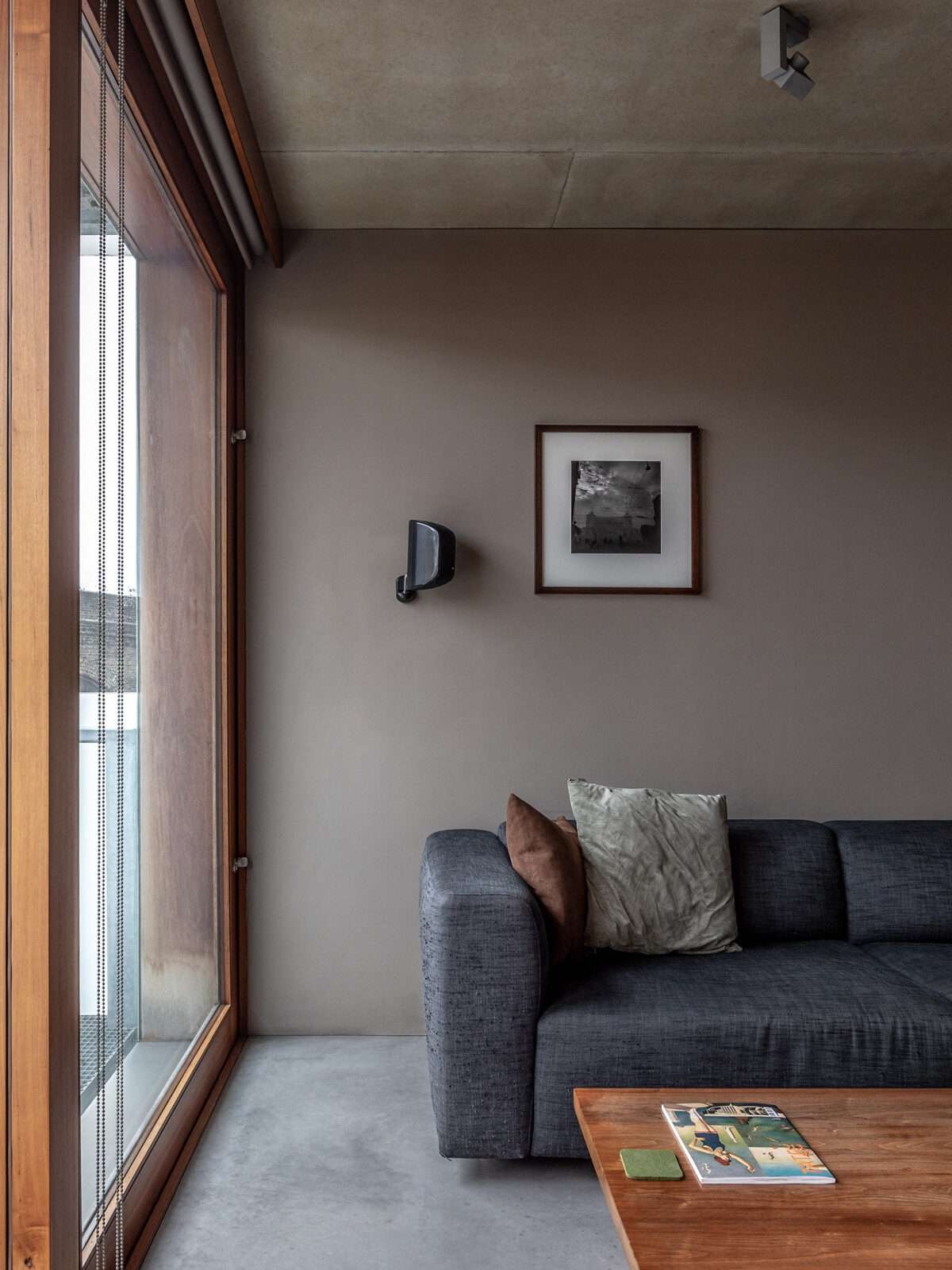
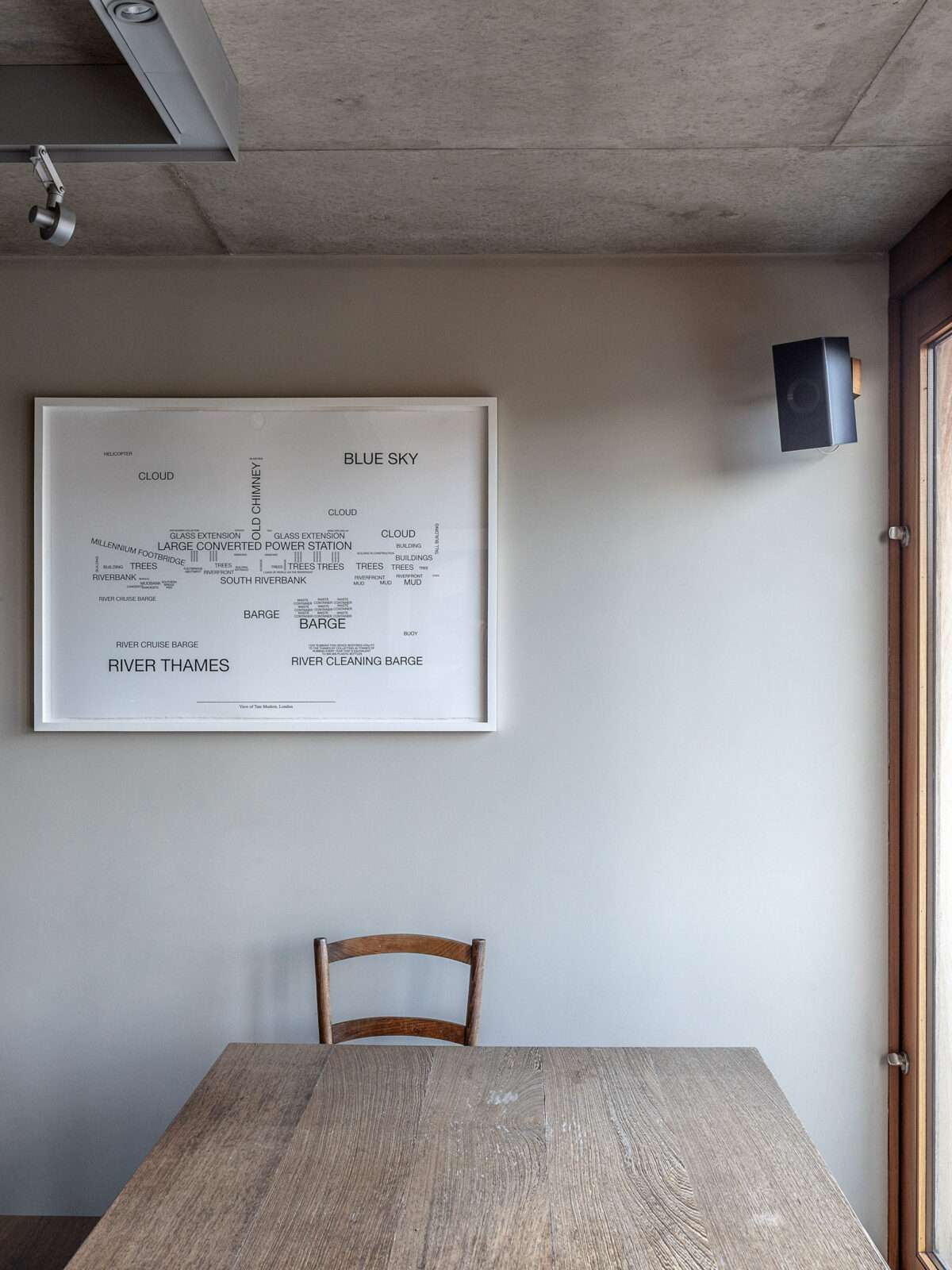
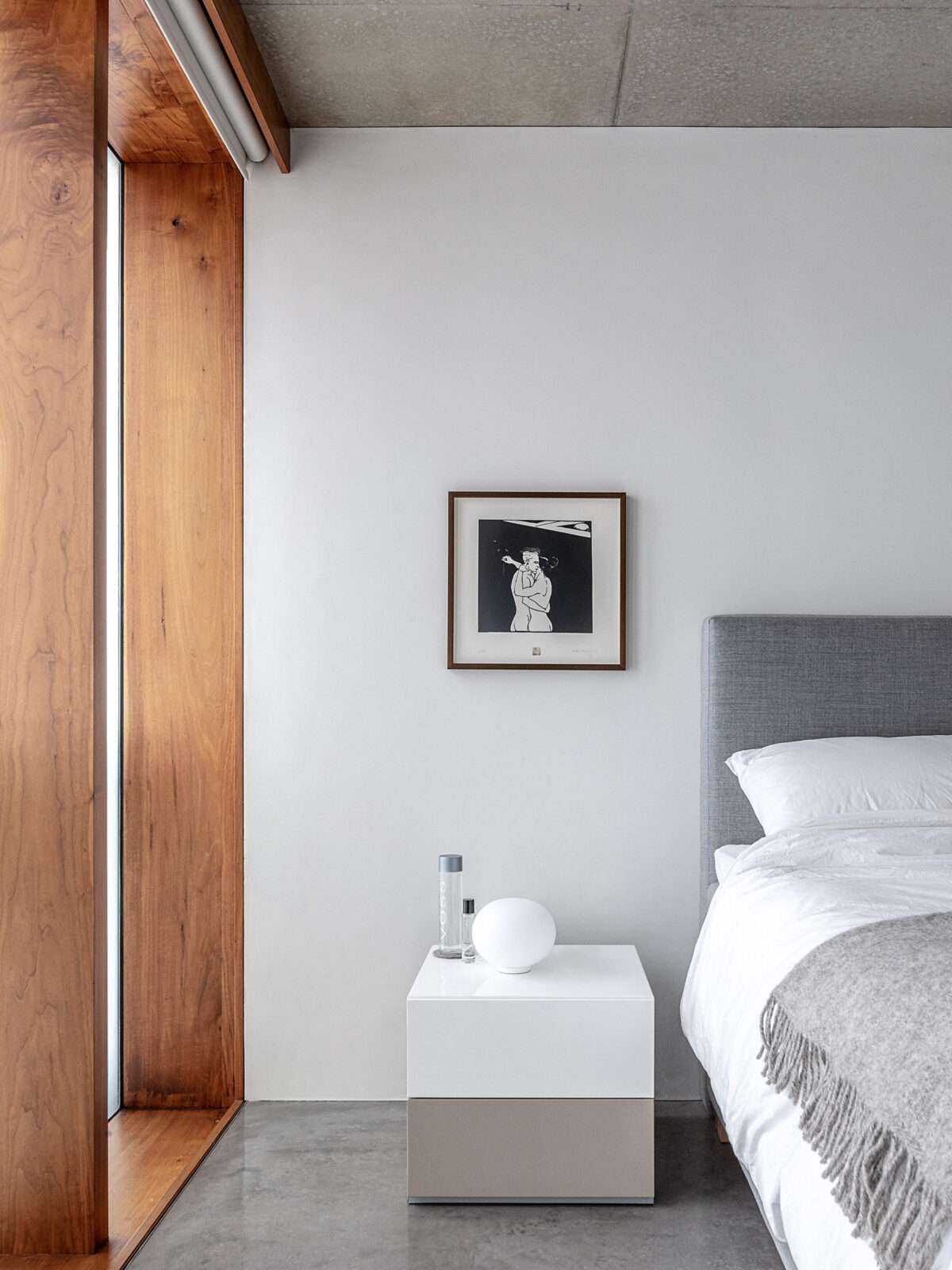
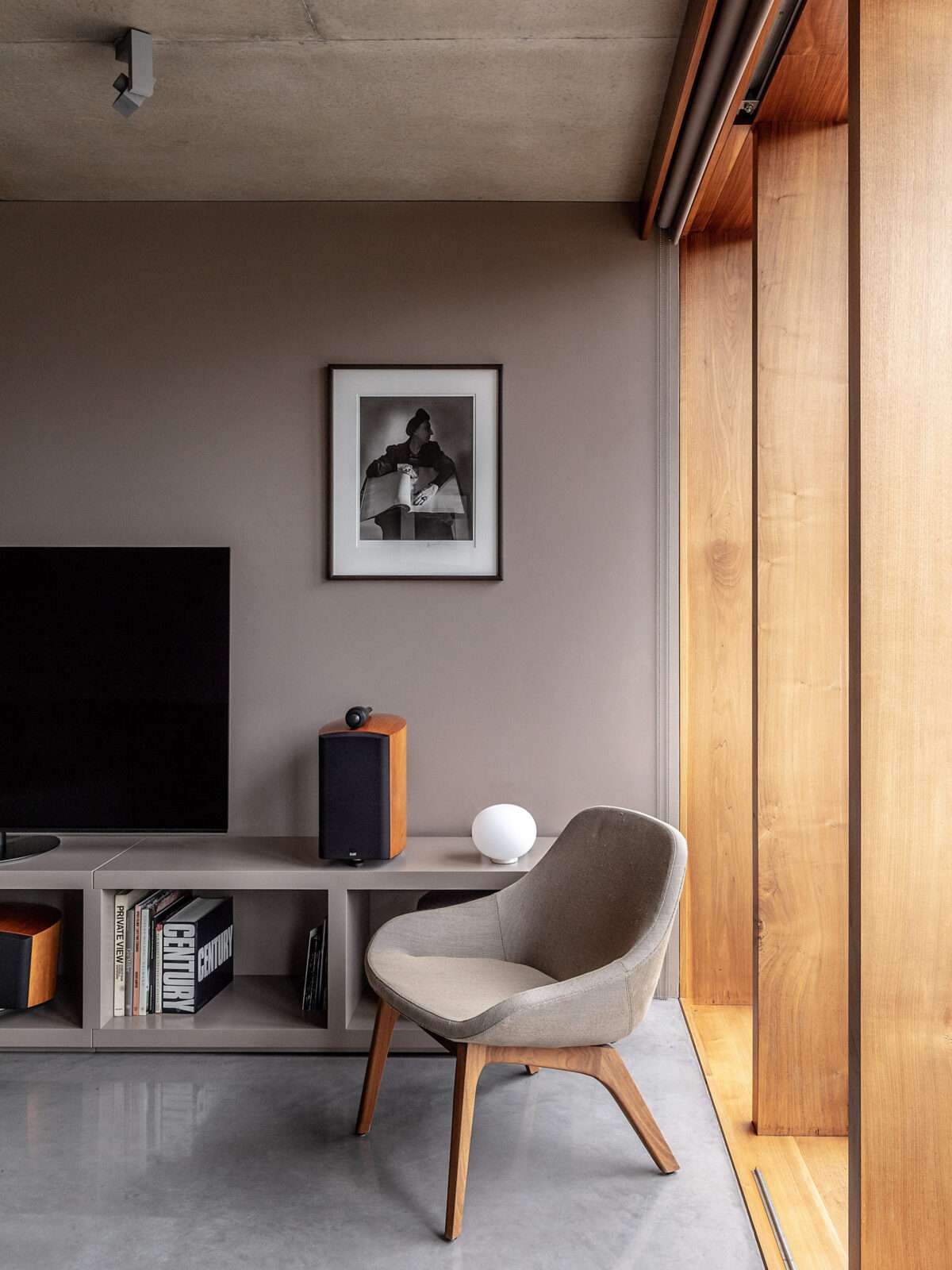
One of the complexities of the project was, in fact, light rather the space. As daylight only comes in through the front-facing windows, it was of utmost importance to maximise it by glazing the façade. A rethink of the traditional layout helped too; instead of downstairs, the kitchen and dining area are on the fourth storey, which gets the most beautiful light of all. The smart use of skylights and a void throughout the entire house means light pours through its heart, highlighting the pleasing imperfections and irregular textures of its concrete bones.
And that’s the beauty of concrete: its honesty. It’s not conventionally pretty like marble, nor natural like wood, but it’s rough and raw. When left uncovered as it is here, it shows its scars from construction; holes and cracks that tell its story. We’re here for it – and this home. We’re not alone: the project was highly commended by The Concrete Society – yes, it’s a thing – for its use of, well, concrete.
